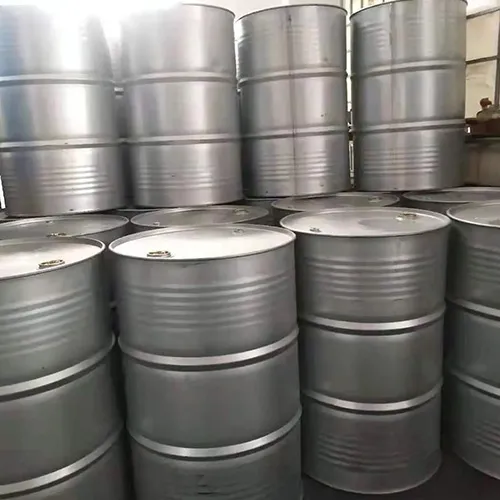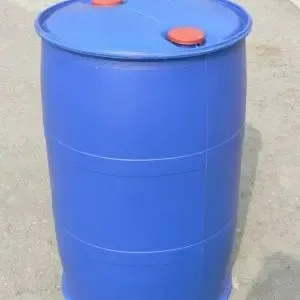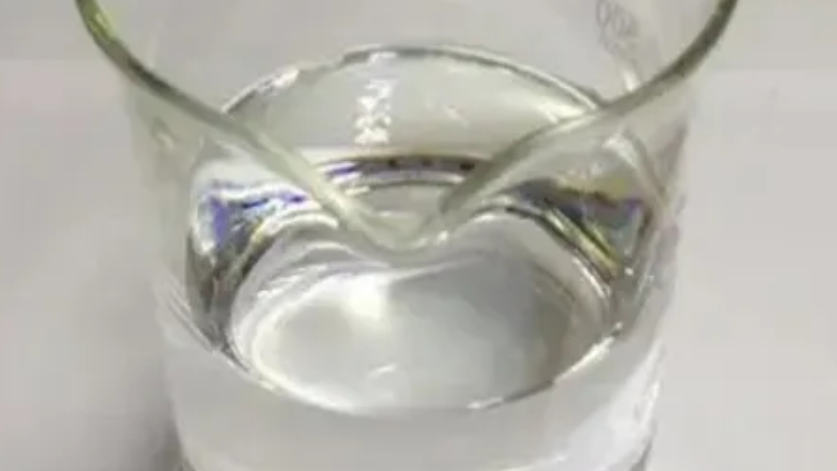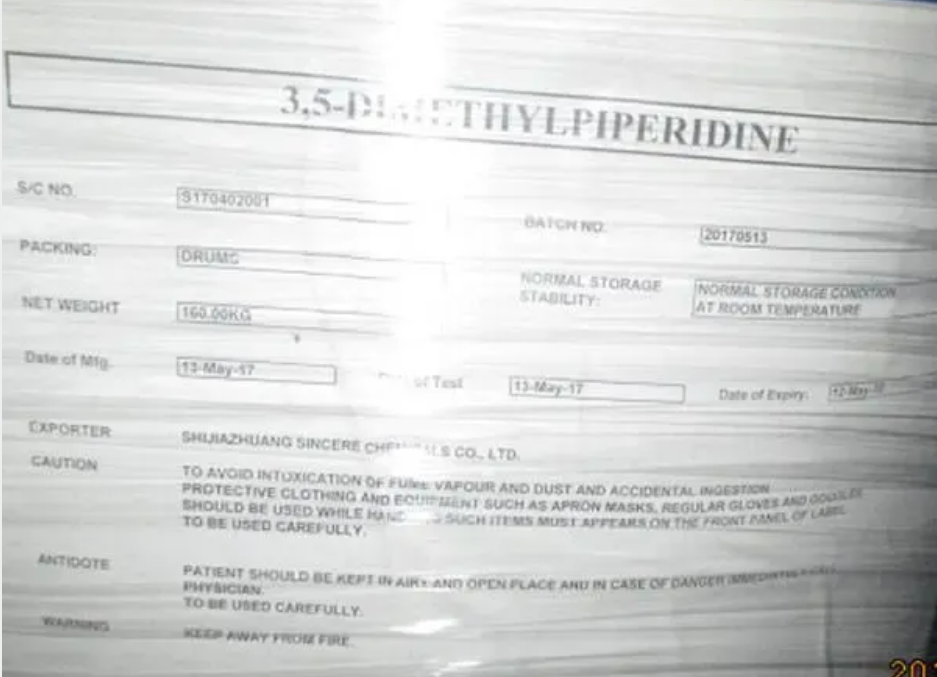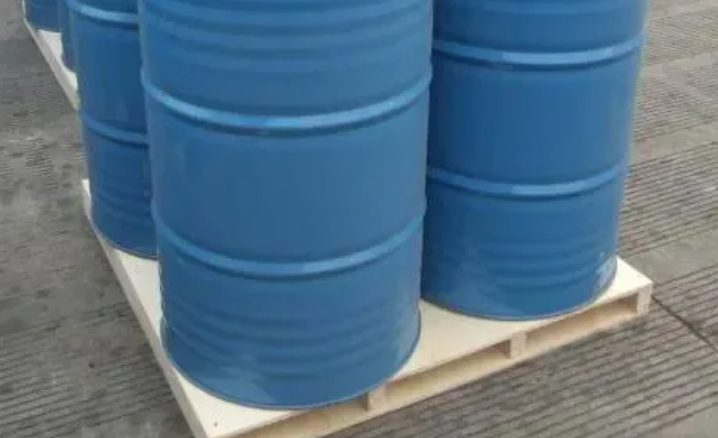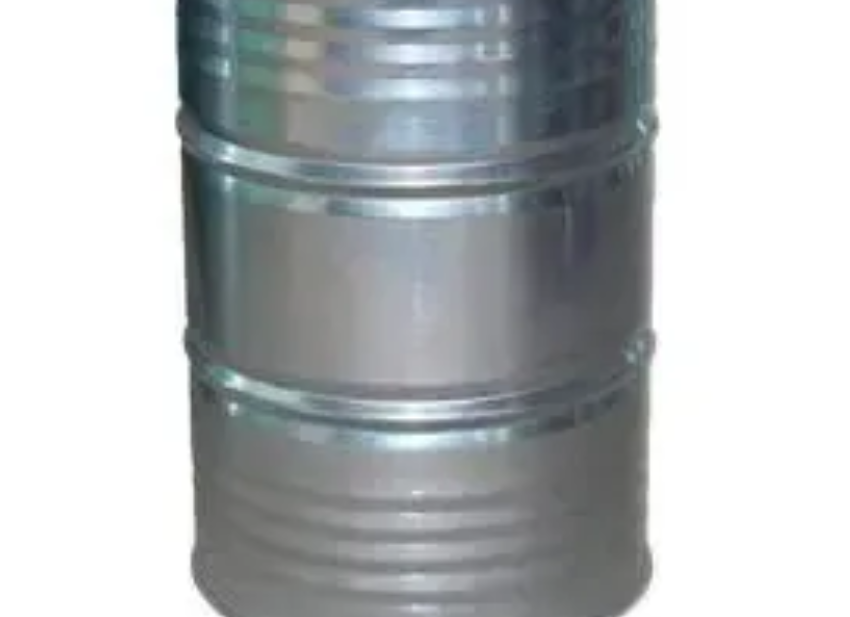Formamide & Sodium Carboxymethyl Cellulose Uses Key Applications
This comprehensive overview explores key industrial chemicals with the following sections:
- Chemical Fundamentals: Properties Defining Industrial Applications
- Formamide's Multifunctional Roles in Modern Manufacturing
- Sodium Carboxymethyl Cellulose: Versatility Across Sectors
- Performance Comparison: Technical Specifications and Data Metrics
- Manufacturer Showcase: Quality Variations by Production Standards
- Industry-Specific Solution Development Processes
- Future Application Frontiers in Material Science
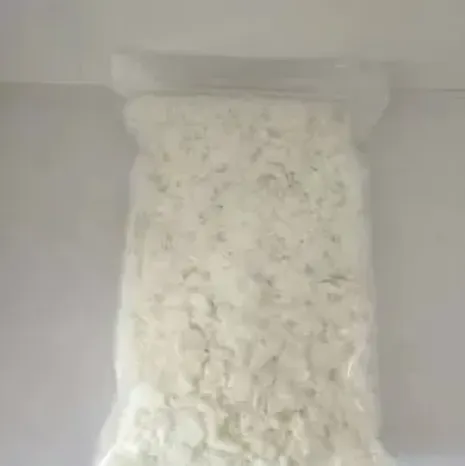
(what is formamide used for)
Understanding What Formamide is Used For in Industrial Chemistry
Formamide (HCONH₂) serves as a polar solvent with exceptional hydrogen-bonding capability. With a dielectric constant of 111.0 at 20°C, it dissolves numerous ionic compounds and polymers that resist water-based solutions. The chemical's low vapor pressure (0.03 mmHg at 25°C) makes it particularly valuable in high-temperature processes where evaporation control is critical. Pharmaceutical manufacturers utilize its solvation properties in peptide synthesis, while the textile industry employs it as a softening agent for synthetic fibers. Material scientists leverage its unique properties to control crystal growth in perovskite films for photovoltaic applications, directly impacting solar cell efficiency. A 2023 study demonstrated that optimized formamide concentrations improved solar cell conversion rates by 18.7% compared to traditional solvents.
Industrial Applications of Formamide
Beyond solvent applications, formamide acts as a chemical intermediate in synthesizing heterocyclic compounds essential for agricultural chemicals. It facilitates formylation reactions that convert amines to formamides, crucial precursors in pharmaceutical manufacturing. In molecular biology, formamide's denaturing properties enable RNA and DNA analysis through electrophoresis. The production of hydrogen cyanide from formamide represents a commercially significant pathway, supporting metallurgical extraction processes. The electronics sector utilizes formamide in graphene production, where its controlled decomposition enables uniform deposition. Recent developments show formamide-based formulations enhancing lithium-ion battery electrolyte performance, increasing thermal stability thresholds by 40°C while maintaining ion conductivity.
Functional Diversity of Sodium Carboxymethyl Cellulose
Sodium carboxymethyl cellulose (CMC) demonstrates remarkable versatility as a water-soluble polymer derived from cellulose. Its functionality stems from controllable substitution degrees ranging from 0.7-1.2, which determine viscosity and solubility parameters. Food manufacturers employ high-purity CMC (E466) as a thickener and emulsifier in products ranging from ice cream to baked goods, where it prevents ice crystal formation and enhances texture. Petroleum engineers utilize specialized high-viscosity CMC variants (15,000-25,000 cP) as fluid loss control additives in drilling muds, reducing fluid loss by 60-80% compared to conventional additives. Pharmaceutical tablet formulations incorporate CMC as a disintegration promoter, reducing dissolution times by up to 50% for poorly soluble drugs.
Performance Benchmarking Analysis
| Performance Parameter | Industrial Formamide | Pharma-Grade Formamide | Technical CMC | Food-Grade CMC |
|---|---|---|---|---|
| Purity Percentage | ≥99.0% | ≥99.9% | ≥95.0% | ≥99.5% |
| Viscosity Range (cP) | N/A | N/A | 1,000-25,000 | 500-50,000 |
| Moisture Content | ≤0.5% | ≤0.1% | ≤10% | ≤8% |
| Trace Metals (ppm) | ≤50 | ≤5 | ≤100 | ≤20 |
| Thermal Stability | 150°C | 180°C | 220°C | 200°C |
Technical specifications highlight critical differences between material grades. Pharmaceutical-grade formamide exhibits superior thermal stability essential for lyophilization processes. Food-grade CMC maintains tighter viscosity tolerances (±50 cP) compared to technical-grade products (±100 cP), ensuring precise rheological control. Viscosity retention after thermal processing shows marked differentiation, with premium CMC formulations retaining ≥90% viscosity versus 70-80% in technical grades.
Manufacturing Quality Assessment
Leading formamide producers (BASF, TCI Chemicals, Merck Group) employ continuous distillation processes achieving 99.99% purity required for electronic applications. BASF's catalytic synthesis technology reduces byproduct formation by 35% compared to conventional methods. For CMC manufacturing, Ashland and Daicel Corporation dominate pharmaceutical-grade production with specialized etherification reactors maintaining substitution degree consistency at ±0.05. Chinese manufacturers (Quimica Amtex, Maoyuan Chemicals) primarily serve textile and paper industries with cost-effective technical-grade products. Production audits reveal European manufacturers maintain ≤20ppm residual sodium glycolate levels versus ≤50ppm in Asian facilities – a critical parameter determining biocompatibility for medical applications. Quality verification data shows batch-to-batch viscosity consistency at ±1.8% for premium manufacturers versus ±5.5% for economy producers.
Customization Approaches for Industry Requirements
Solution development begins with purity and viscosity profiling based on end-use requirements. Pharmaceutical applications require formamide with endotoxin levels below 0.25 EU/mL, achieved through nanofiltration post-processing. For shale gas extraction, CMC modifications involve controlled carboxylation to achieve precisely 0.85 degree of substitution, optimizing fluid retention at 150°C downhole conditions. Adhesive manufacturers blend formamide with polyvinyl alcohol at 12-15% concentration to achieve open time extension without compromising final bond strength. Case implementation: A paint manufacturer reduced drying time by 30% using a proprietary formamide/ethanol co-solvent system that accelerated resin coalescence while maintaining uniform pigment dispersion. Testing validated 15% improvement in film hardness without compromising flexibility parameters.
Emerging Applications Show What Sodium Carboxymethyl Cellulose is Used For Tomorrow
Novel CMC applications include lithium-sulfur battery components where its hydroxyl groups anchor polysulfides, reducing capacity fade to <5% after 100 cycles. Biotechnology firms exploit its mucoadhesive properties for nasal vaccine delivery systems achieving 85% mucosal retention versus 45% for standard solutions. Formamide research focuses on next-generation photovoltaic materials, with perovskite precursor formulations boosting device stability under continuous illumination to 1,200 hours (versus 500 hours for DMSO-based alternatives). Composite materials incorporating nanocellulose-CMC hybrids demonstrate 60% higher tensile strength than epoxy resins. These advancements underscore both formamide and sodium carboxymethyl cellulose's expanding role in solving material science challenges through molecular innovation.
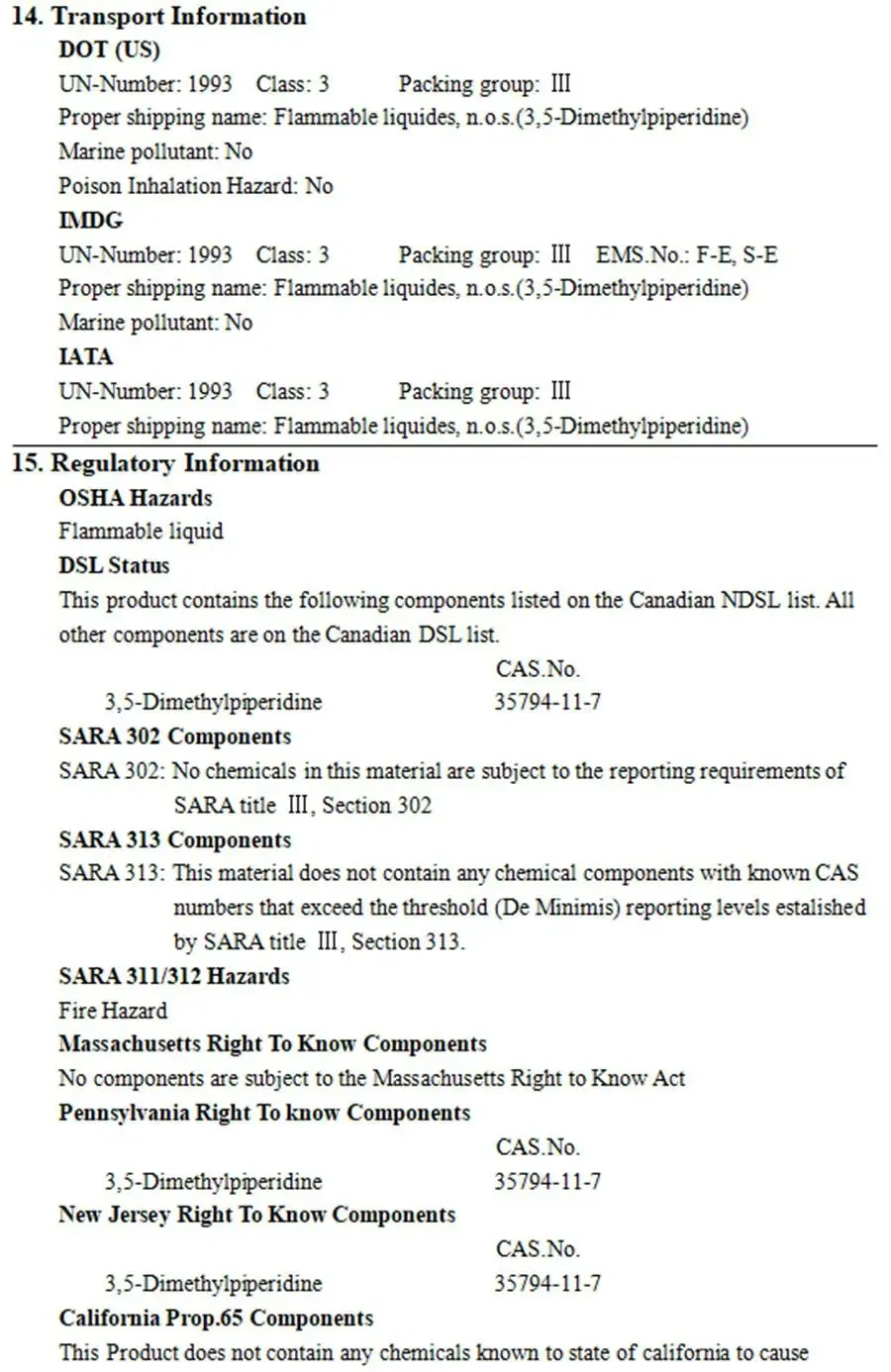
(what is formamide used for)
FAQS on what is formamide used for
Q: What is formamide commonly used for in laboratories?
A: Formamide is primarily used as a solvent and denaturing agent in molecular biology, particularly for DNA and RNA analysis. It helps reduce secondary structures in nucleic acids during gel electrophoresis. It's also utilized in PCR and hybridization experiments.
Q: What are industrial applications of sodium carboxymethyl cellulose?
A: Sodium carboxymethyl cellulose (CMC) acts as a thickening, stabilizing, and binding agent in food, pharmaceuticals, and cosmetics. It improves texture in ice cream, enhances drug dissolution in tablets, and provides viscosity in detergents. Additionally, it's used in paper manufacturing and oil drilling fluids.
Q: Why is formamide used in DNA sequencing?
A: Formamide disrupts hydrogen bonds in DNA, ensuring single-stranded templates for accurate sequencing. It maintains sample integrity by preventing reannealing of DNA strands. This property is crucial for Sanger sequencing and capillary electrophoresis.
Q: How does sodium carboxymethyl cellulose function in pharmaceutical products?
A: CMC serves as a binder in tablets to maintain their shape and controlled-release properties. It stabilizes emulsions in liquid medications and acts as a lubricant in topical creams. Its non-toxic nature makes it safe for oral and topical formulations.
Q: Can formamide and sodium carboxymethyl cellulose be used together?
A: While uncommon, they may coexist in specialized industrial processes requiring both solvent and viscosity control. Formamide's polarity could interact with CMC's solubility in aqueous solutions. Compatibility depends on concentration and specific application requirements.
Post time: Май . 31, 2025 20:11











